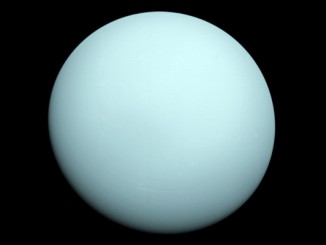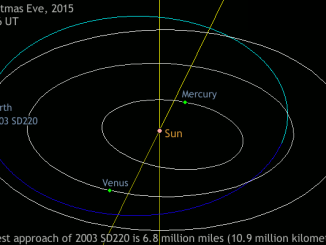
Galaxy clusters reveal new dark matter insights
Galaxy clusters, which consist of thousands of galaxies, are important for exploring dark matter because they reside in a region where such matter is much denser than average. Scientists believe that the heavier a cluster is, the more dark matter it has in its environment. But new research suggests the connection is more complicated than that.









